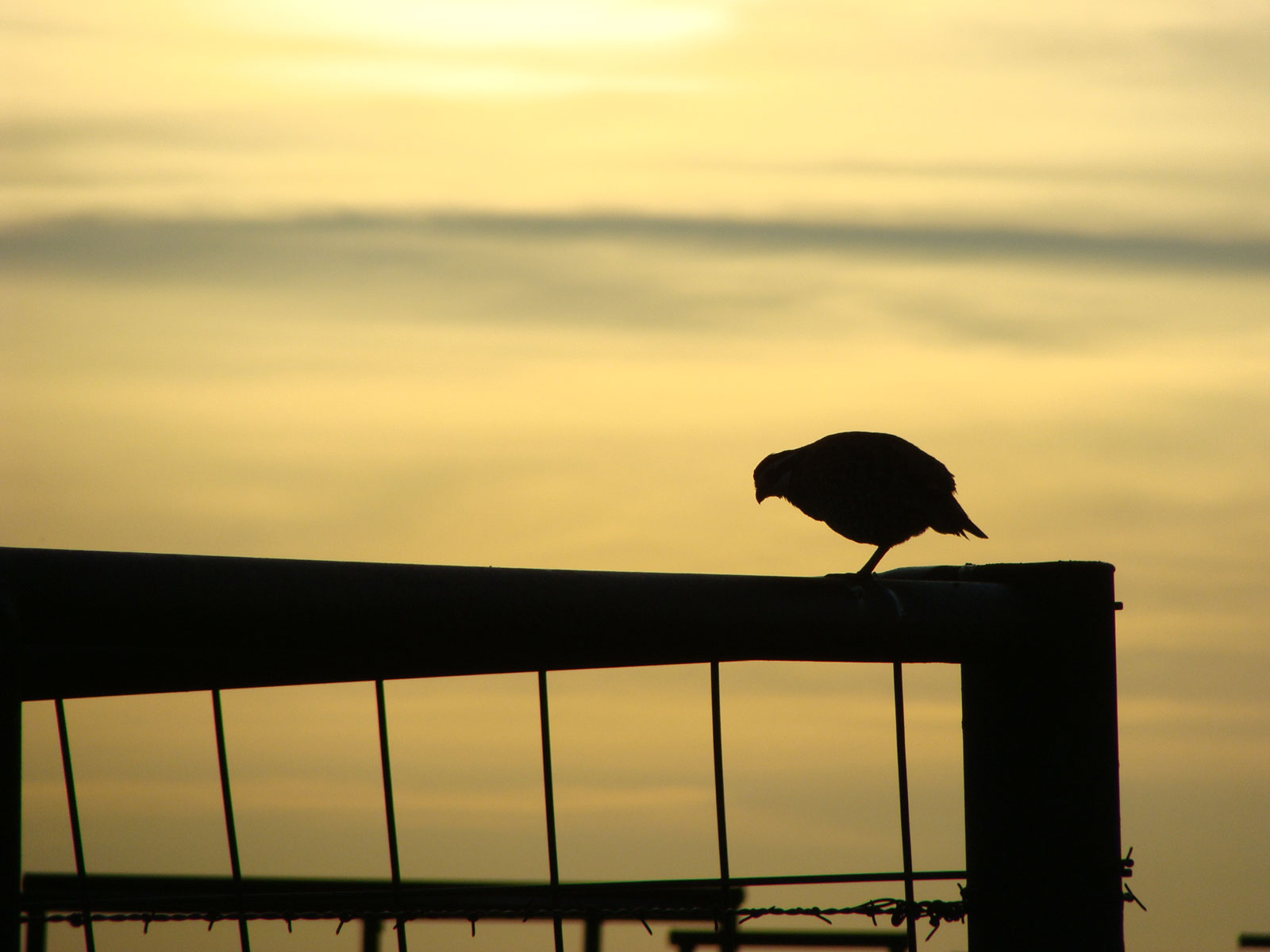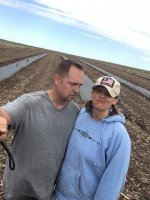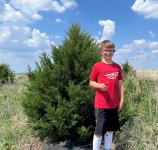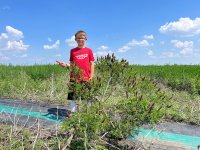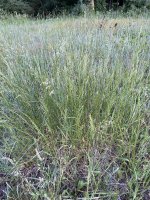remy3424
Well-known member
No burning this year. For me, I transplanted 5 ditch cedars into an existing shelterbelt that had lost them. Also lost 3 fruit trees so I put 4 back in, a peach, 2 cherries and an apricot...everything likes fruit. The fruit frees are all fenced to protect them from deer. Planted about 5.5 acres of grain sorghum food plots and put a dose of Prowl over them...now would really be a good time to have a bit of rain (for the herbicide and the seed). We were getting some rains (much better that the past 2 years), but nothing now for about 10 days, so it is getting a bit dry again. Those spring rains have given everyone a bit of confidence that more will be coming. Would like to get some more soon, probably have a couple weeks before the hatch starts...they will do better dry than wet. Looks to be a good bird carry-over in my area.

